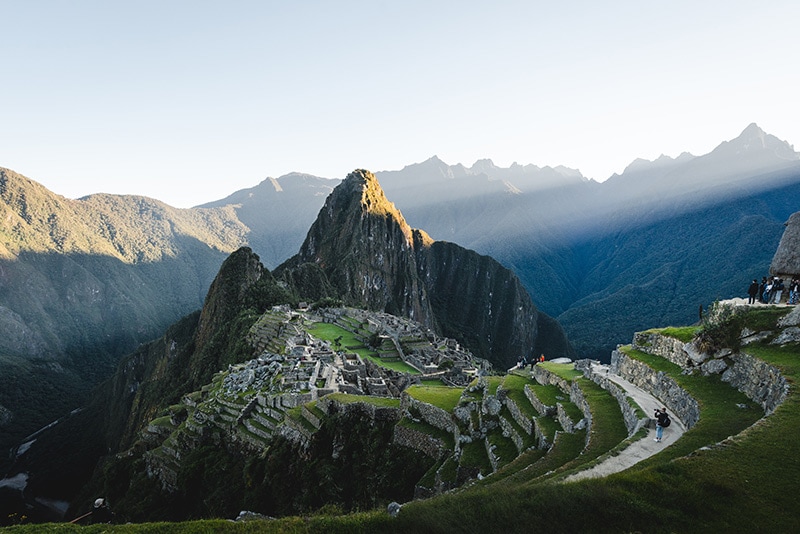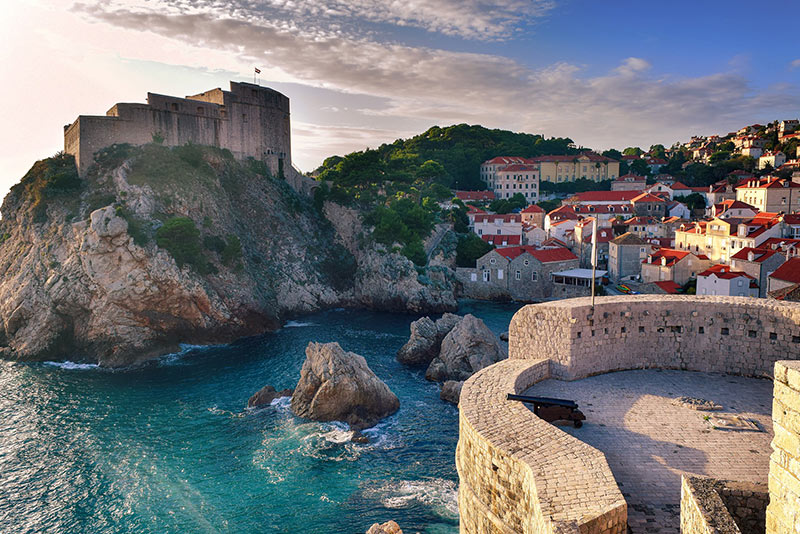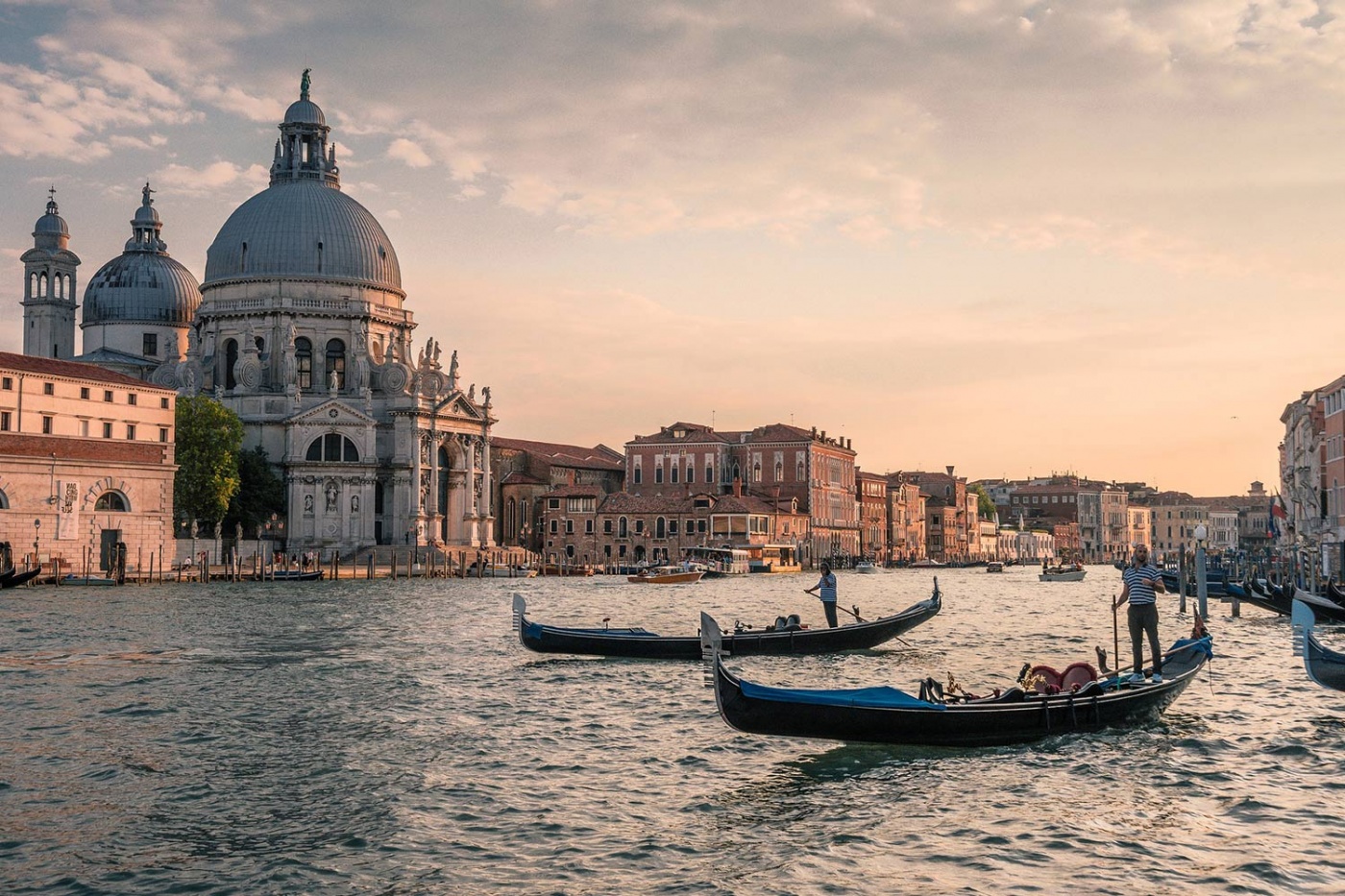Visit These Destinations Before They Vanish
The world is in utter chaos. Global temperatures are rapidly increasing, the polar caps are melting, exotic animals are going extinct (most recently, two rare white giraffes) and many of the greatest archaeological sites are under the threat of permanent ruination. The accelerating climate crisis and the irresponsible behaviour of human beings are causing great planetary trauma, so much so that the number of beautiful places left on earth is diminishing at an unprecedented rate. In light of climate change, last-chance tourism is currently on the rise, setting millennials on a frenetic race to conquer these places. If you haven’t been to these eight places, now is the time before they disappear completely.
The Galapagos Island
A volcanic archipelago in the Pacific Ocean, the Galapagos Islands is revered for its spectacular wildlife, breathtaking landscapes of volcanic rocks and stunning beaches. Once fairly untouched by civilisation, the island has now fallen victim to the destructive hands of humanity and the climate. In recent times, overfishing and increasing ocean temperatures have led to severe threats to their ecosystem, with both coral reefs and animals dying. Although the government is making efforts to bring more animals like the iguana back onto the island, they are vanishing faster than they can be replaced.

Machu Picchu
This awe-inspiring city shrouded by mist and surrounded by verdant greenery was relatively undiscovered until recent times. Today, it is one of the most famous archaeological sites in the world and millions of visitors are fascinated by its breathtaking escarpments and sprawling valleys. To protect and prevent physical damage to the ruins, a daily limit of 5940 visitors has been imposed. But Machu Picchu’s high altitude also puts it at risk for natural disasters. While the Peruvian government is mindful of the booming tourism, it is painfully aware that Machu Picchu must be preserved at all cost to maintain its mysticism and allure.
Venice
Venice, also known as La Serenissima (the serene), doesn’t live up to its name anymore as hordes of tourists descend daily on “Vanishing Venice” like locusts, straining the city’s already limited capacity. Once the epitome of romance, with its picturesque canals and beautiful winding streets, the city is slowly sinking, as sea levels continue to rise. More flooding is expected to happen and scientists predict that the city could be permanently underwater by the end of the century.
Antarctica
Endless white mountains stretching beyond the horizon and gargantuan icebergs are what makes this glittering icy habitat a great holiday locale. In this land where nature reigns, watch the whales traverse the water’s surface and seals play on ice slabs. In the summer, when the heat of the sun causes the ice to melt, many tourists take cruise ships across this vast land of glacier beauty. As picturesque as it may sound, experts predict that these ice caps in Antarctica will shrink by 25 per cent by the end of the century, which will permanently change the face of the landscape and cause flooding.
Madagascar
Madagascar is a nature lover’s dream come true, with its intense kaleidoscope of rolling vistas and biodiversity. From limestone karsts to rolling mountains and emerald rice fields, there is an earthly appeal to this ‘Red Island’. While many tourists visit Madagascar to see exceptionally unusual creatures such as lemurs and baobabs, the land has unfortunately been consumed by the cruel ravages of deforestation, posing a huge threat to the island’s wildlife. Every year, forests are destroyed at a rate of one per cent due to climate change and population pressure.

Dubrovnik
Dubrovnik has become a playground for tourists, with swarms of cruise ship tourists crowding up the narrow streets. The charming cobblestone streets and the quaint buildings juxtaposed against the stunning backdrop of the Adriatic sea are compelling enough reasons for travellers who flock to this World Heritage Site, in search of landmarks from the mega-hit series Game of Thrones. As the number of visitors rise, the streets are choked with people who contribute to pollution, causing the “jewel of the Adriatic” to lose its shimmer.
The Dead Sea
The lowest place on earth beckons repeat visits with its healing waters, oxygen-rich air and majestic historical sites. Yet, the biggest attraction is the Dead Sea’s high salinity that entices millions of tourists to experience the surreal sensation of floating effortlessly. Since 1960, the place has lost one-third of its surface area and is rapidly shrinking at a rate of one metre per year—signalling a looming environmental catastrophe. In recent times, the increasing number of sinkholes caused by the salt deposits left behind by the shrinking Dead Sea have caused the land to collapse. With massive structures and public beaches being affected, tourist spots are fast becoming ghost towns.
The City of Petra
Established in the 6th century BC as the capital city of the Nabataeans, this spectacular archaeological site carved into the red-rose limestone of the Wadi Musa desert, remains one of the most compelling structures left behind by the Kingdom. Once a bustling commercial hub and the nexus of an ancient trade route, the prehistoric city was lost to modern civilisation for several years. Only in the early 1800s was it rediscovered by a European traveller, and the city emerged once again. Today, this World Heritage Site attracts many visitors who marvel over its otherworldly beauty, but the intricate facade of the city is rapidly eroding due to saltwater damage and weathering.
Climate change has left us morally conflicted, as the pleasures of travel have now become an act of selfish consumption. While exploration can enrich us, we have to be more mindful about our personal impact on the environment. Visit these exquisite places, but tread lightly so that they do not become a thing of the past.


